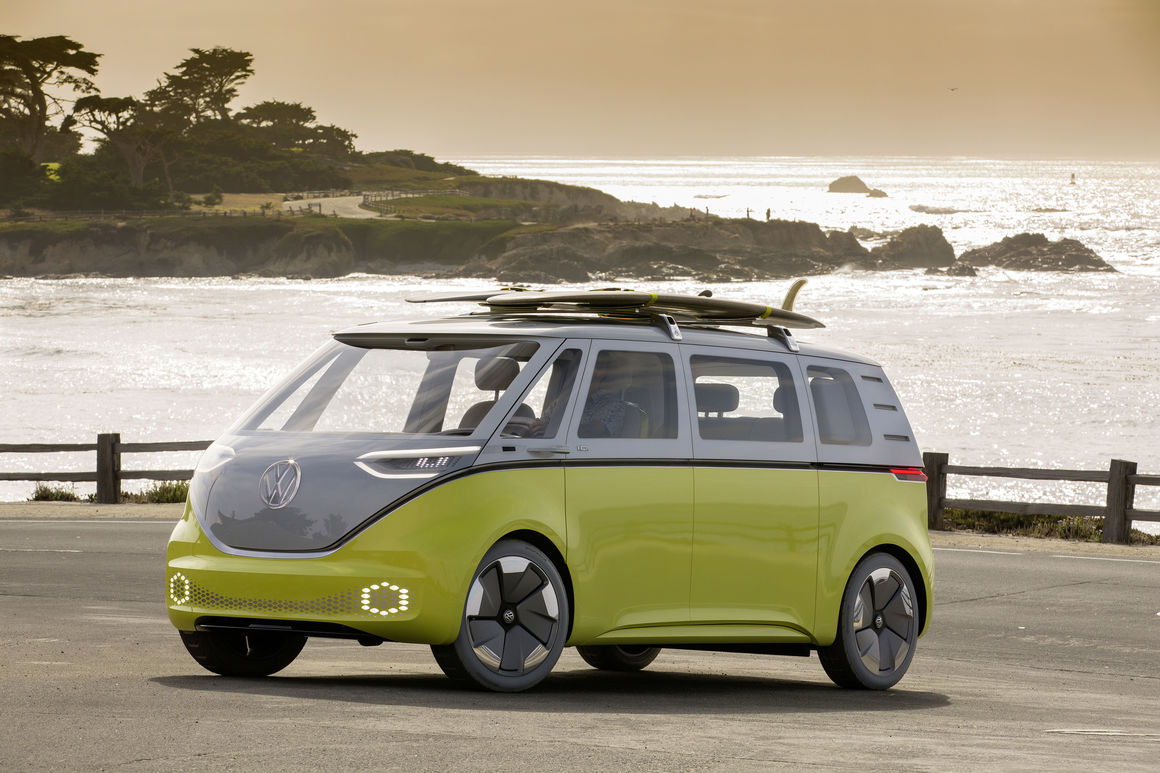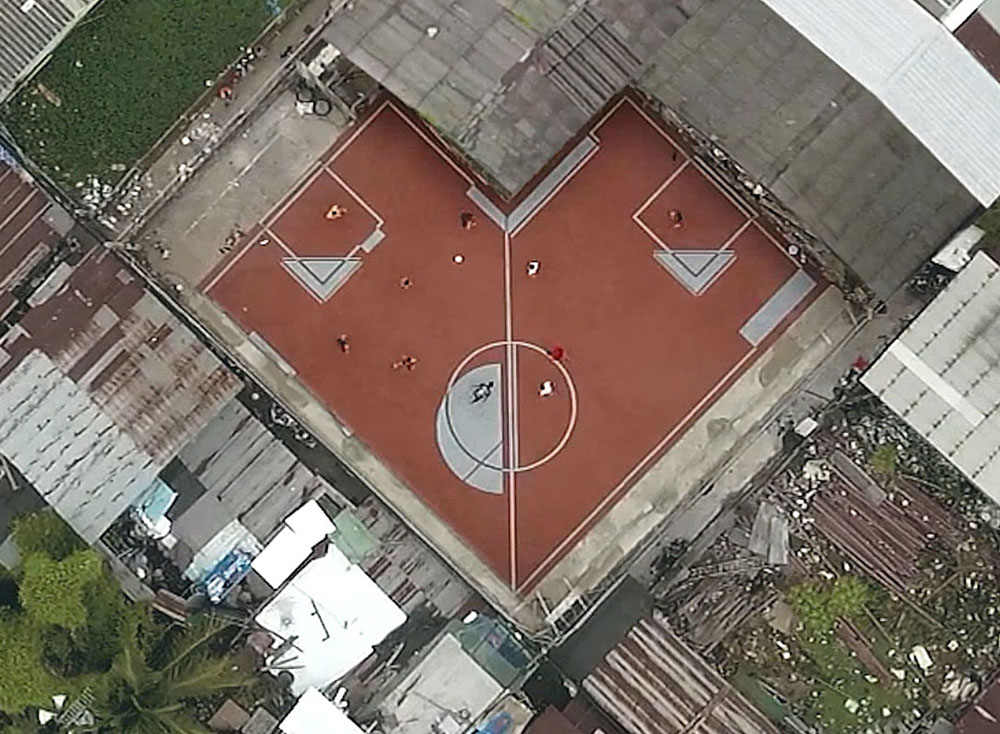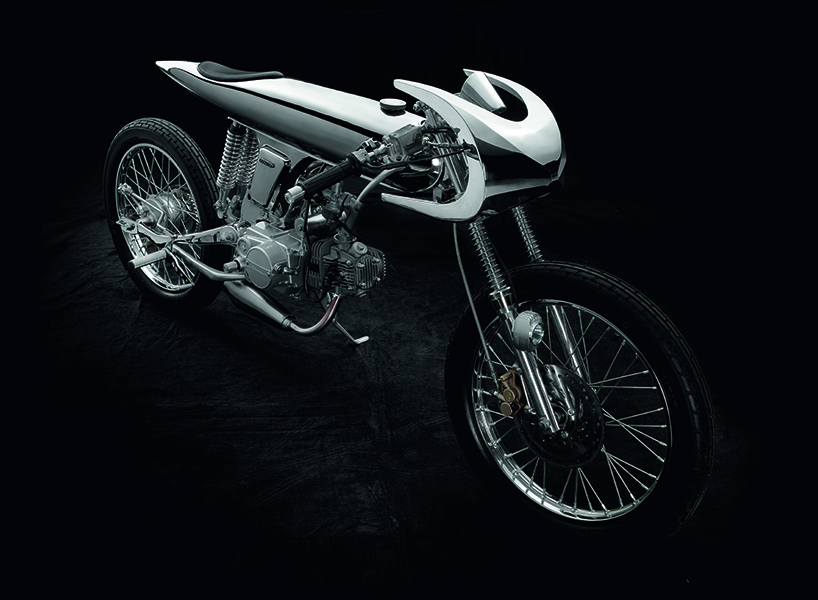
Editorial Work
Publishing2016 — present
Founded in 1999, Designboom is the world’s first and one of the most popular digital architecture and design magazines; and is a registered trademark in China, Europe, and the USA. The business aims at bringing together the work of professional and young creatives from a diverse range of backgrounds by publishing on average 15 articles per day exploring architecture, art, design and technology. (approximately 5000 articles per year). Today, the Milan-based company has a comprehensive archive of over 50,000+ articles. Among its readers with general interests is a targeted audience of professionals, ranging from architects to designers and engineers, as well as many other categories in the creative fields.
My role within the company embodied the reporting of daily design and technology news through well-timed, informative and attractively written articles. I was also entrusted with arranging and conducting interesting studio visits, plus insightful and topical face-to-face and email interviews, for publishing as highlight features for the magazine’s readership.
 Volkswagen ID. Buzz Electric Campervan Concept
Volkswagen ID. Buzz Electric Campervan ConceptThe full article can be read in detail here
At the end of week two my bosses asked me attend the Fabrica ‘Reunion’event, as the CEO’s were keen for me to interview two key players in the design sphere; Founder of Elemental and Pritzker prize winning architect, Alejandro Aravena, plus the founder of Kesselskramer and communication designer for the Milan Art Triennale 2016, Erik Kessels (illustrated in first image). This was a daunting prospect at first, having just arrived with the company and I was entrusted with interviewing architecture’s man of the year having only ever conducted interviews with strangers, friends, and family members before. However, I felt very fortunate to have been handed this prime opportunity to show the office what I was capable of.
Situated in Treviso, in the Veneto region of northern Italy, I used the train journey as a chance to redact my questions and email them back to head office, before doing some further research on the individuals. This was the first occasion I can recall e-mailing while taking a train journey, and this factor coupled with my new style of e-mail communication has certainly helped me to make the most effective use of my time.
My photograph of Alejandro Aravena pictured at the Fabrica Reunion, 2016
image courtesy of designboom
Arriving at the research centre, a renovated 17th century villa created by architect Tadao Ando, my interview with Alejandro Aravena was a particularly daunting experience during this job, as I had heard from a colleague that they had once requested in person to interview him and he had declined. When we met, he was gracious and perhaps the most interesting person I’ve had the pleasure of speaking with. The original intention was for the interview to last around 20 minutes and to publish one piece, but he took the time to spend 40 minutes with me discussing his curation of the 2016 Venice Architecture Bienalle, plus his design principles and ongoing projects, which resulted in two high-ranking interview articles.
Working remotely exposed me to discussions with creatives from other fields and members of editorial teams, over e-mail and Skype calls. Encouraged by the founders, I sent my proposals, articles, and comments to the foreign office autonomously since February 2017. This method of communication, coupled with tight timescales has allowed me to adapt very quickly to different office environments and project management systems. I feel that this method of working has also given me confidence as a designer and allows me to collaborate with people on an international level.
![]()
Bang & Olufsen’s 4K TV with Android is a minimalist masterpiece
Full article can be read in detail here
At the start of September 2016, I was invited by Bang & Olufsen to attend IFA Berlin, a consumer electronics convention where key technology corporations go to exhibit their forthcoming products. My role was to attend the luxury electronics manufacturer’s press preview to gather information about its brand new television and loudspeaker range. As a product design student, this was the most inspiring time during my editorial experience as I have been an admirer of the Danish company’s work since first seeing my father’s friends ‘Beovision 8902’ when I was four years old.
Towards the end of September, I was handed the opportunity to write about one of the readers submissions designboom had received, covering the world’s first non-rectangular football fields that were constructed in Bangkok, Thailand. The article later turned out to be a huge success with the readership, amassing 29866 social engagements in total. While watching the supplied video footage and capturing screenshots, I had noticed that one of the football fields, along with its terracotta colouring, created a graphical outline that represented a love heart. This seemed to me like the perfect image for the article’s thumbnails as it is a motif that we have been exposed to our entire lives.
![]()
World’s first non-rectangular football field built in Thailand
Full article can be read in detail here
About mid-way through the first day of publishing, international magazine Hypebeast had caught wind of the article and published its own copy stating, ‘according to designboom’. It had even taken the initiative to also make use of the same love heart-styled photograph that I had used. The following day, the Daily Mail had discovered it, also publishing it with the exact same image. This happened with publications including Dezeen, Bored Panda, Design Indaba, The Mirror, The Sun, and at a later date, one of the world’s most respected publications included it in its top 25 inventions of 2016, Time Magazine.
It was a heart-warming video that we had been supplied with for the piece, and after the second day it almost felt like the love heart image was continuously re-appearing on my computer screen. I felt very proud that I had helped contribute towards two small companies gaining worldwide exposure, and later discovered the image I chose had also been recirculated in an official press release from the company. I believe that from a design perspective, people got behind this particular project as it was the community who worked in close collaboration with the company to re-activate lost spaces in the largely impoverished cityscape, thus giving people a strong sense of responsibility and ownership.
![]()
The style of my article was recirculated in TIME magazine
My editorial experiences have been most fruitful in my personal development, having now written over 750 articles to date. During this time I have learned about new styles, concepts, possibilities and challenges that we now face in the design sphere and feel better equipped than ever before to communicate them across all levels – from client to CEO.
![]()
![]()
![]()
![]()
Situated in Treviso, in the Veneto region of northern Italy, I used the train journey as a chance to redact my questions and email them back to head office, before doing some further research on the individuals. This was the first occasion I can recall e-mailing while taking a train journey, and this factor coupled with my new style of e-mail communication has certainly helped me to make the most effective use of my time.
My photograph of Alejandro Aravena pictured at the Fabrica Reunion, 2016
image courtesy of designboom
Arriving at the research centre, a renovated 17th century villa created by architect Tadao Ando, my interview with Alejandro Aravena was a particularly daunting experience during this job, as I had heard from a colleague that they had once requested in person to interview him and he had declined. When we met, he was gracious and perhaps the most interesting person I’ve had the pleasure of speaking with. The original intention was for the interview to last around 20 minutes and to publish one piece, but he took the time to spend 40 minutes with me discussing his curation of the 2016 Venice Architecture Bienalle, plus his design principles and ongoing projects, which resulted in two high-ranking interview articles.
Working remotely exposed me to discussions with creatives from other fields and members of editorial teams, over e-mail and Skype calls. Encouraged by the founders, I sent my proposals, articles, and comments to the foreign office autonomously since February 2017. This method of communication, coupled with tight timescales has allowed me to adapt very quickly to different office environments and project management systems. I feel that this method of working has also given me confidence as a designer and allows me to collaborate with people on an international level.

Bang & Olufsen’s 4K TV with Android is a minimalist masterpiece
Full article can be read in detail here
At the start of September 2016, I was invited by Bang & Olufsen to attend IFA Berlin, a consumer electronics convention where key technology corporations go to exhibit their forthcoming products. My role was to attend the luxury electronics manufacturer’s press preview to gather information about its brand new television and loudspeaker range. As a product design student, this was the most inspiring time during my editorial experience as I have been an admirer of the Danish company’s work since first seeing my father’s friends ‘Beovision 8902’ when I was four years old.
Towards the end of September, I was handed the opportunity to write about one of the readers submissions designboom had received, covering the world’s first non-rectangular football fields that were constructed in Bangkok, Thailand. The article later turned out to be a huge success with the readership, amassing 29866 social engagements in total. While watching the supplied video footage and capturing screenshots, I had noticed that one of the football fields, along with its terracotta colouring, created a graphical outline that represented a love heart. This seemed to me like the perfect image for the article’s thumbnails as it is a motif that we have been exposed to our entire lives.

World’s first non-rectangular football field built in Thailand
Full article can be read in detail here
About mid-way through the first day of publishing, international magazine Hypebeast had caught wind of the article and published its own copy stating, ‘according to designboom’. It had even taken the initiative to also make use of the same love heart-styled photograph that I had used. The following day, the Daily Mail had discovered it, also publishing it with the exact same image. This happened with publications including Dezeen, Bored Panda, Design Indaba, The Mirror, The Sun, and at a later date, one of the world’s most respected publications included it in its top 25 inventions of 2016, Time Magazine.
It was a heart-warming video that we had been supplied with for the piece, and after the second day it almost felt like the love heart image was continuously re-appearing on my computer screen. I felt very proud that I had helped contribute towards two small companies gaining worldwide exposure, and later discovered the image I chose had also been recirculated in an official press release from the company. I believe that from a design perspective, people got behind this particular project as it was the community who worked in close collaboration with the company to re-activate lost spaces in the largely impoverished cityscape, thus giving people a strong sense of responsibility and ownership.

The style of my article was recirculated in TIME magazine
My editorial experiences have been most fruitful in my personal development, having now written over 750 articles to date. During this time I have learned about new styles, concepts, possibilities and challenges that we now face in the design sphere and feel better equipped than ever before to communicate them across all levels – from client to CEO.




